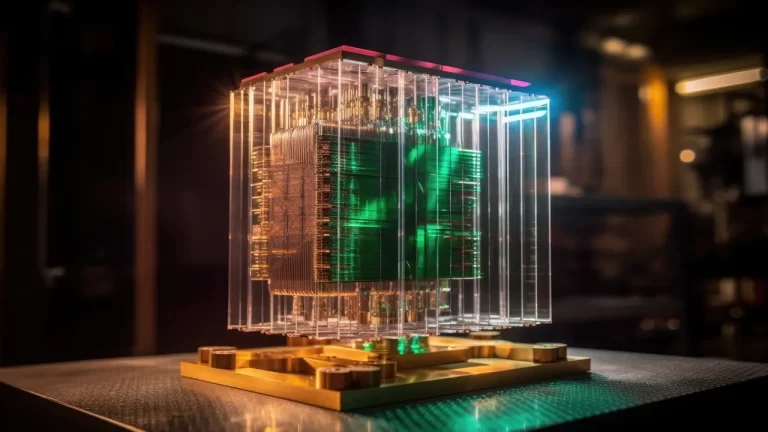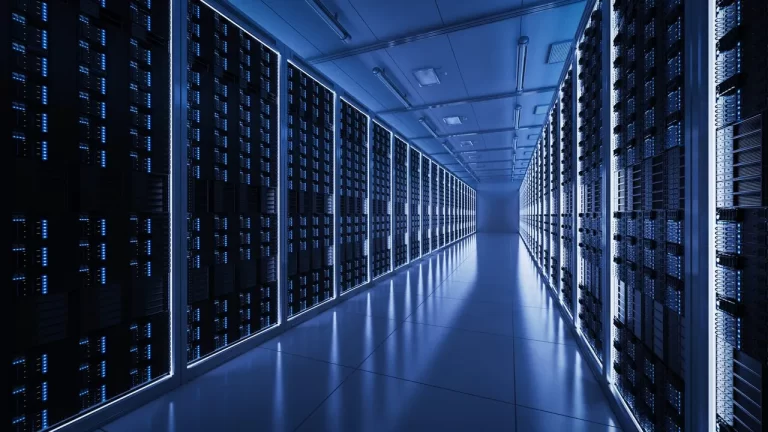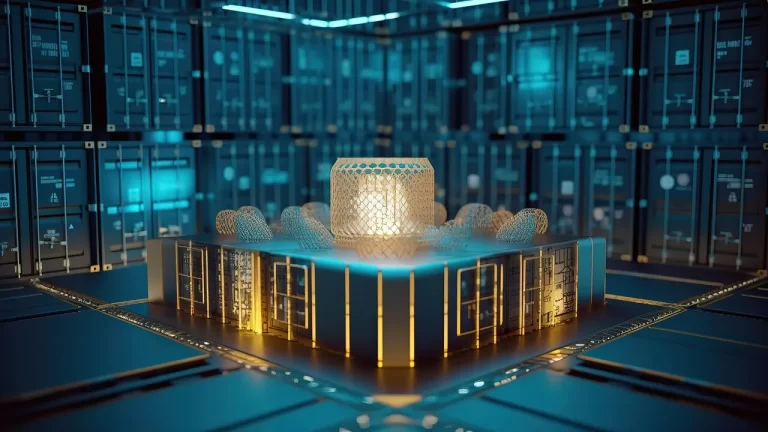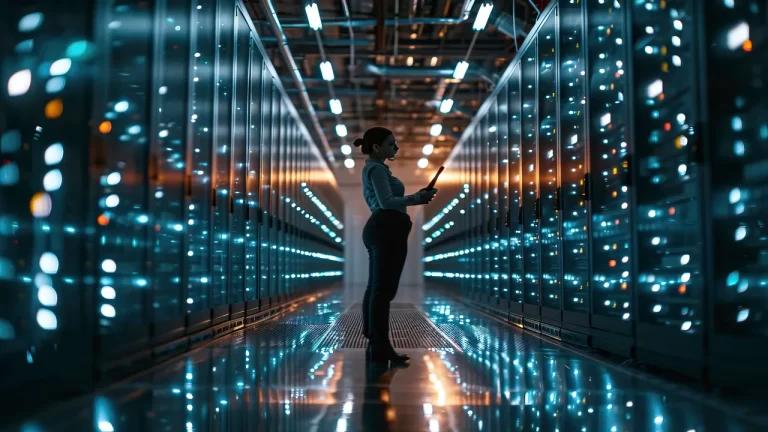By March 2025, virtual data centers will change quickly because of new technology and big investments. The main part is on saving energy or power and using eco-friendly solutions. Top Leading data center companies including Nvidia and Schneider, Electric use “digital twins” to make AI data centers work better. These virtual copies help design and manage data centers better, reducing power use and making operations more eco-friendly.
But some worry that too much money is being spent on AI data centers. Alibaba Chairman Joe Tsai warned that investments reaching $500 billion may be too much for current demand. However, firms like Blackstone are confident that the demand is real not just guesswork. These changes show how virtual data centers need both smart planning and innovation to grow in a balanced way.
The Virtual data centers continue to grow the focus will be on using advanced technologies to improve efficiency and sustainability. While AI is playing a big role in making these data centers smarter and more energy-efficient. Hyperscale data center companies need to balance innovation with careful planning. Investments in AI should be carefully considered to ensure they meet real market needs. The future of virtual data centers will depend on finding the right balance between technology, investment amount, and long-term sustainability to ensure they continue to evolve in a cost-effective and environmentally friendly way.
Role of Cloud and AI in Virtual Data Centers
New technology has made virtual data centers more affordable and easier to grow. Today, businesses use cloud services to expand without needing large physical setups. Big Tech data center companies are choosing hybrid cloud systems, which mix private and public cloud services to provide better security, flexibility, and performance. This helps businesses handle their operations more efficiently ensuring important applications run smoothly while saving money. Data center Companies using these modern solutions can scale their operations without spending too much on infrastructure, making IT management simpler and more cost-effective.
Artificial intelligence (AI) is also changing how virtual data centers are managed by automating processes. AI systems protect computer networks by detecting threats in on timely manner, preventing cyberattacks. AI systems can predict equipment part problems before they happen which helps reduce downtime and improve overall performance. When combined with cloud infrastructure, AI technology helps make virtual data centers more efficient, sustainable, and better equipped to manage growing digital service
Hybrid Cloud Adoption
The combination of internal server systems with public and private cloud platforms through hybrid cloud solutions has started becoming a common choice. This method gives top data center companies more flexibility, allowing them to get permission to store and process data in different locations based on needs, with security, speed, and cost. The hybrid cloud system helps to monitor and keep big companies running smoothly during power outages. By spreading workloads across multiple platforms, leading data center companies lower the chances of system failures. Hybrid cloud solutions help businesses manage IT systems efficiently, ensuring smooth operations and competitiveness.
Businesses that use hybrid cloud solutions ensure preparedness during emergencies that encompass both system breakdowns and cyberattacks. A company can move its operations to secondary cloud platforms after a system failure occurs, which helps prevent business disruptions. Businesses can save money on hardware expenses by modifying their resource levels according to business demands through this approach. The progress of technology has made hybrid cloud systems essential for businesses that need both efficiency and security and financial savings in their operations.
Software-Defined Data Centers (SDDCs)
The automotive industry is growing interested in edge computing and micro data centers because more smart devices and on-time data processing and monitoring are needed. These technologies help by placing computing power closer to where data is created, reducing the time it takes to send and process information. This setup makes data processing faster and improves overall efficiency.
Edge data center computing functions through small autonomous facilities named micro data centers that operate as standalone units. These systems offer advantages to locations that lack substantial IT resources or are situated in remote locations. Edge computing alongside micro data centers provides expanding organizations with solutions to guarantee quick and efficient service delivery.
Edge Computing and Micro Data Centers
People are driving the increased adoption of edge computing and micro data centers because they need data to be accessible rapidly via smart devices. Brief processing of data near its source location makes both operations faster through these technologies.
Micro data centers represent small, custom facilities that enable edge computing operations. These technologies assist locations that lack IT resources while also serving remote sites. The systems enable quick data processing within settings that limit their technology availability. The growing need for data access will be supported through edge computing and micro data centers to deliver swift and dependable data services.
AI and Machine Learning in Data Centers
Data centers become increasingly intelligent through the implementation of AI and ML, which allows them to anticipate system problems before they occur, thus minimizing operational failures and reducing support expenses. The system enables effective workload distribution which results in optimized operations while optimizing resource utilization. The implementation of automation helps organizations lower employee mistakes while simultaneously enhancing system effectiveness.
AI makes data centers more secure by quickly finding cyber threats and stopping new attacks. It constantly checks past attacks to strengthen defenses and prevent future security problems. AI can also study patterns to predict risks before they happen. Machine learning helps update security automatically reducing human mistakes. As data centers grow, AI keeps everything running silently by managing workloads efficiently.
AI and machine learning also help data centers improve their overall performance by making smarter decisions. These technologies can automatically adjust resources to meet needs currently so that everything runs smoothly without human intervention. By doing so, they help Top businesses save time and money while making the data center more efficient. As data centers expand, AI and machine learning will continue to play a main role in keeping them secure, efficient, and environmentally friendly.








